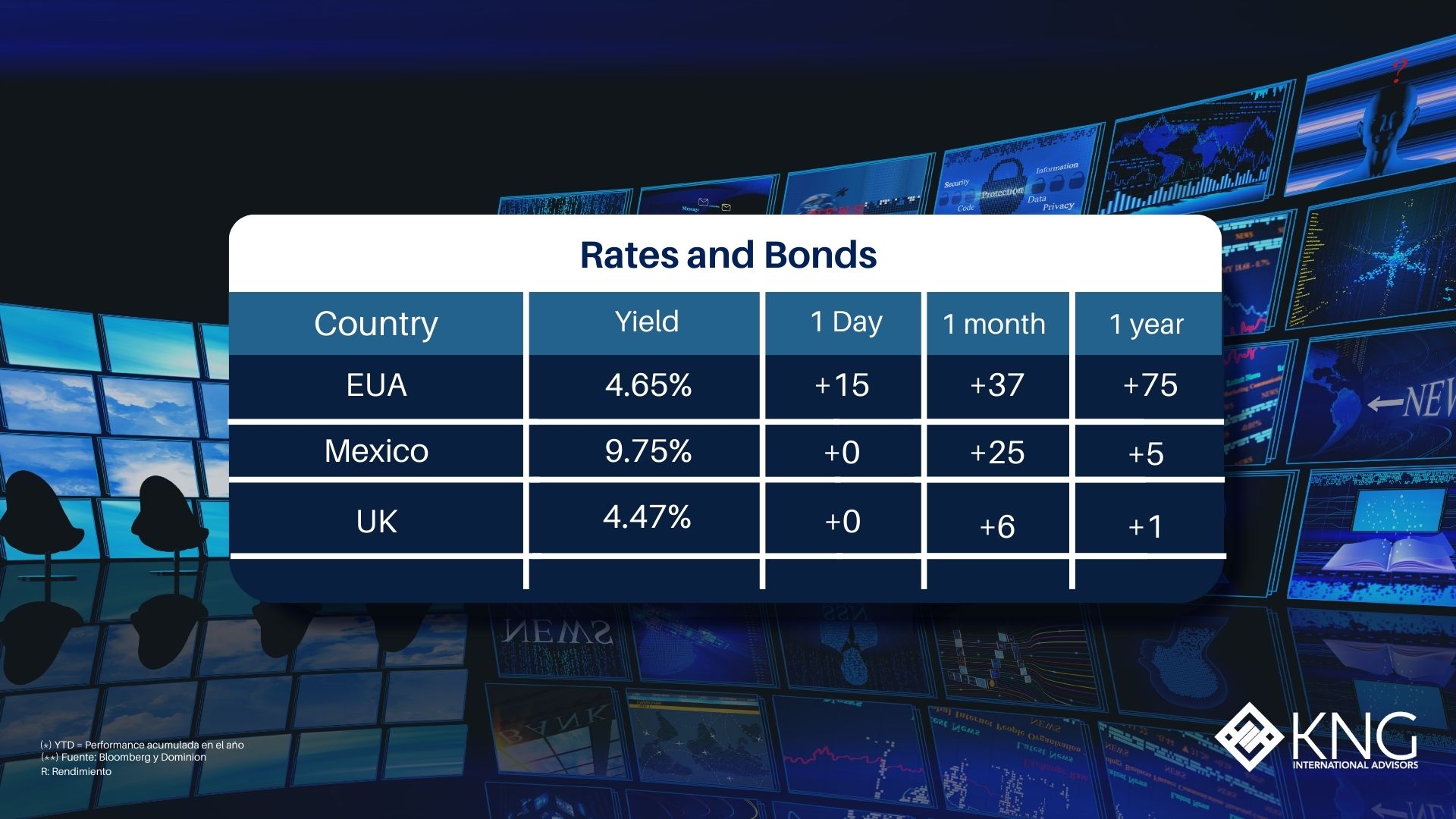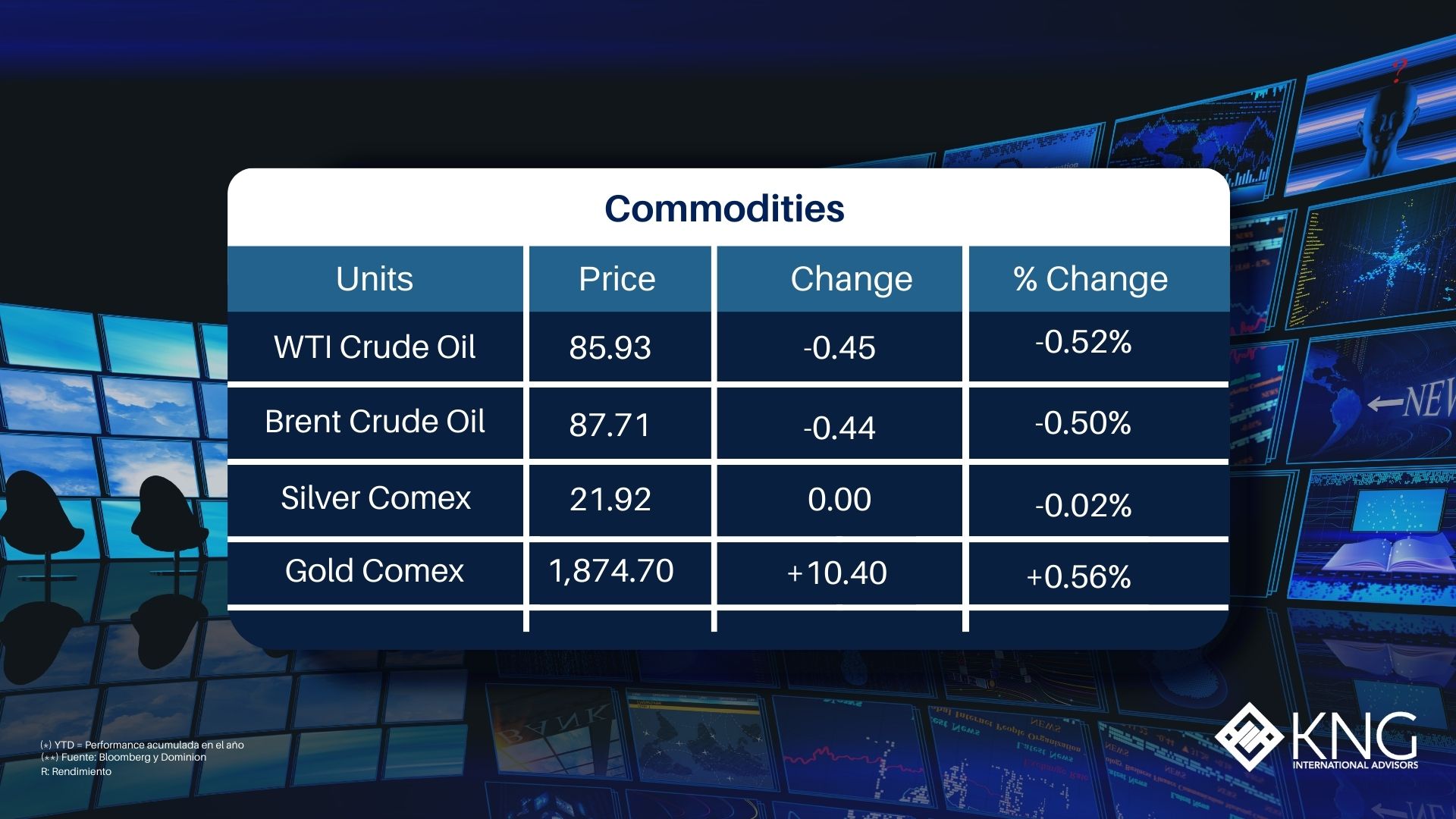Monday 12th of February




One of the things you learn when joining the world of professional investing, as an eager junior analyst, is it has its own language. Phrases, obscure references to past market events, abbreviations. One of the first things to master is the lexicon of investing so you can understand what everyone is talking about.
One phrase used often is ‘apples-to-apples’. This refers to making useful comparisons between different things. In investing this often means comparing data or investment metrics. When comparing two things on a set of metrics, you want the contrast to make sense, to tell you something useful. To do this you need to be comparing two things which share enough relevance for the comparison to make sense.
Let’s use an example. If we wanted to compare sports players with one another and we decided to use the metric of ‘distance run’, this could tell us something useful about the relative effort and intensity of the players we are comparing. But imagine we dig into the data and realise that some players are tennis players, while others are football players. Is this an ‘apples-to-apples’ comparison?
The answer, from the context of using the ‘distance run’ metric would be ‘no’. This is because tennis and football are very different sports and so using ‘distance run’ would unfairly bias towards football players who, by the nature of their sport, must run much further than a tennis player over a set period. If we were only comparing football players with one another, or tennis players to each other, then we could use ‘distance run’ as useful metric to compare players, that would be an apples-to-apples comparison and tell us something useful.
This is an important concept for investors when looking at individual companies to invest in.
Often the financial media will make over-simplifications which sometimes go mainstream and become consensus. One recent example is the ‘Magnificent 7’. Last year, seven of the largest US listed stocks contributed to most of the stock market’s performance. This group of seven large cap ‘tech’ businesses (Amazon, Meta, Alphabet, Microsoft, Apple, Tesla, Nvidia) are talked about as though they represent a homogenous group of interchangeable technology stocks, all delivering the same thing.
This, we would argue, is not ‘apples-to-apples’. What the media has dubbed the ‘Magnificent 7’ are not interchangeable with each other, they have very different characteristics. Some are now very expensive stocks and we think offer poor risk-reward for investors from here, while others are attractively valued and make good investment propositions today. The cheapest of the Magnificent 7 trades on a forward valuation multiple less than half that of the most expensive. If we compare growth rates to valuations, the difference is even wider, the cheapest is six times cheaper than the most expensive.
The products and services these companies offer are also very different. Meta and Alphabet are, at heart, advertising businesses. Apple is an electronics hardware company. Microsoft and Amazon are cloud computing giants, while Amazon also moonlights as the world’s largest retail ecommerce business. Nvidia designs computer chips. Tesla builds cars. These are very different businesses with different factors driving revenue growth, profitability, and returns on capital.
Beware oversimplifications, especially when they are unhelpful. The Magnificent 7 are not the same, they are very different businesses, with very different outlooks as investments. Treating them as one homogenous group is unhelpful and should be avoided. That doesn’t mean investors should avoid investing in any of them, in fact we think some of these companies could make very good long-term investments (but not all of them).
We would like to thank Dominion Capital Strategies for writing this content and sharing it with us.
Sources: Bloomberg, Yahoo Finance, Marketwatch, MSCI.
Copyright © 2023 Dominion Capital Strategies, All rights reserved.
Disclaimer: The views expressed in this article are those of the author at the date of publication and not necessarily those of Dominion Capital Strategies Limited or its related companies. The content of this article is not intended as investment advice and will not be updated after publication. Images, video, quotations from literature and any such material which may be subject to copyright is reproduced in whole or in part in this article on the basis of Fair use as applied to news reporting and journalistic comment on events.